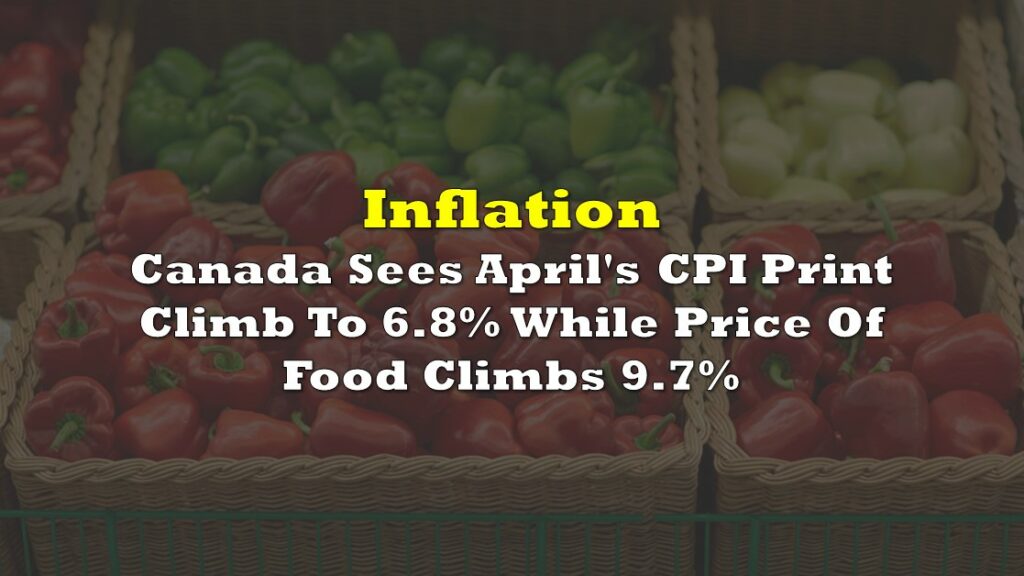It appears that Canada’s trade deficit remained relatively unchanged in September, as imports continue to outweigh exports amid the fragile economic recovery.
According to data released by Statistics Canada, the trade deficit rose from $3.21 billion in August to $3.25 billion in September, with both exports and imports increasing by 1.5% from the month prior. Exports and imports still remain 6% and 2% below pre-pandemic levels, as Canada has shipped out more goods and services than it has brought in.

Total exports reached $45 billion, with the largest gains stemming from forestry products and building and packaging materials, which rose by 10.4% to $3.9 billion in September. This accounts for a 15.5% increase since February, which is predominantly fuelled by increased demand amid a surge in home renovations and new construction projects stemming from the pandemic. Exports of aircraft and other transportation equipment also increased in September, with the majority of the orders comprised of business jets to the US, Norway, and the UK.

In the meantime, exports of consumer goods declined by 8%, mainly because exports of pharmaceutical products and medication used to treat depressive disorders dropped. Exports of energy products also fell by $1.79 billion, largely due to the current global crude oil demand glut which will likely continue to plague oil-producing countries amid a resurgence of the virus.
Conversely, imports of crude oil rose by 1.5% in September, reaching $48.8 billion – which however, is still $1.2 billion lower than February’s pre-pandemic levels. Nonetheless, the overall import of energy products increased by 28.8% in September compared to the month prior, but still remain 24.4% below levels observed in February. The monthly rise in crude imports was largely driven by volume, as Canadian refineries increased their oil purchases from Louisiana.
However, the gains in imports were partially offset by a decline in imports of electronic and electrical equipment and parts, which fell by 8.7% in September. This category is largely based on seasonal changes in the imports of cell phones, which as a result of the pandemic forced phone manufacturers to release new models outside of their usual release cycles.

After an 8.1% decline in August, exports to other countries beside the US increased by 10.9%, which is the sharpest rise since June 2018. With respect to September’s gains, exports to other parts of the world excluding the US have now surpassed pre-pandemic levels. Also excluding the US, Canada’s imports rose by 2.1% to $17.6 billion in September, which amounts to the fourth consecutive month of gains. This has caused the trade deficit (excluding the US) to narrow by $0.8 billion for the month of September.
Conversely, exports to the US dropped by 1.6% to $33.2 billion, while imports increased by 1.2% to $31.2 billion. This has caused Canada’s trade deficit with the US to contract from $2.9 billion in August to $2.0 billion in September. With respect to February’s levels, imports and exports with the US fell by 4.3% and 8%, respectively.
The third quarter saw exports increase by 26.8%, largely due to higher sales of motor vehicles and parts, as well as exports of farm, fishing and intermediate food products, which skyrocketed by 26.4% relative to last year’s levels. Compared to the third quarter in 2019 however, exports still remain subdued by 7.5%. On the other hand, imports rose by 25.9% in the third quarter, predominantly as a result of gold import increases, but still remain 3.5% lower than the third quarter last year.
Information for this briefing was found via Statistics Canada. The author has no securities or affiliations related to this organization. Not a recommendation to buy or sell. Always do additional research and consult a professional before purchasing a security. The author holds no licenses.









